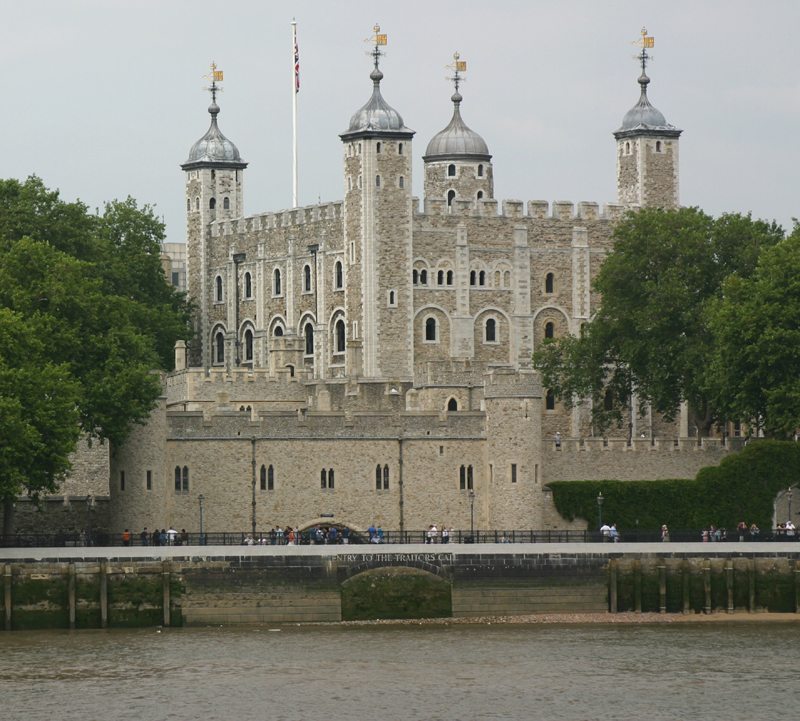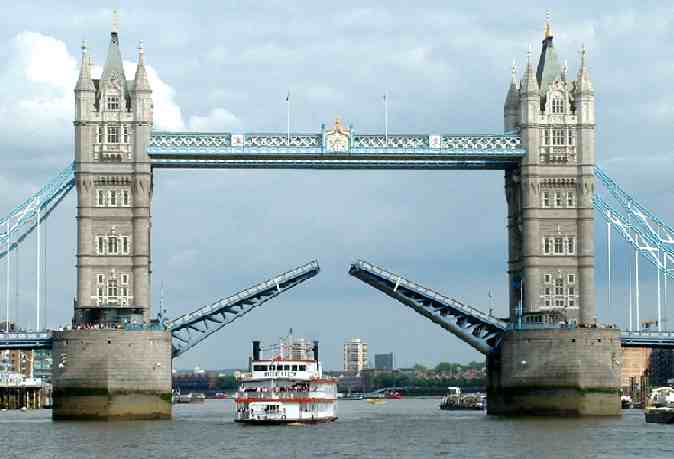


 The Tower of London by Paul Lowman and Katrell Morgan The Tower of London is a complex located on the Thames River in London. It has a rich history dating back to 1066, when William of Normandy decided to build the White Tower after he had taken over the kingdom of England. It was built and completed by Gundulf, the bishop of Rochester, in the year 1078. The Tower has been used as a royal residence as well as for a prison. Executions were held in the central keep and outside the Tower on Tower Hill. Yeoman guards now stand outside this popular tourist attraction.
The Tower of London by Paul Lowman and Katrell Morgan The Tower of London is a complex located on the Thames River in London. It has a rich history dating back to 1066, when William of Normandy decided to build the White Tower after he had taken over the kingdom of England. It was built and completed by Gundulf, the bishop of Rochester, in the year 1078. The Tower has been used as a royal residence as well as for a prison. Executions were held in the central keep and outside the Tower on Tower Hill. Yeoman guards now stand outside this popular tourist attraction.The Tower of London is a complex made up of many different sections. The Tower is surrounded by a moat on three sides and the Thames River on the fourth. The outside fortifications consist of Legge's and Brass Mount. The inner fortifications, called the Ballium Wall, have 12 towers: the Bloody Tower, the Wakefield Tower, the Bell Tower, the Lanthorn Tower, the Salt Tower , the Broad Arrow Tower, the Constable Tower, the Martin Tower, the Brick Tower, the Bowyer Tower, the Flint Tower, the Devereux Tower, and the Beauchamp Tower. The Bloody Tower was named after the murder of the English child king Edward V and his brother, Richard Plantagent, Duke of York, which occurred in this tower. The Record, or Wakefield Tower, was where the records were formerly kept, and where the royal regalia, or Crown Jewels, are currently kept. The Devereux Tower is named for its most famous prisoner, Robert Devereux, Earl of Essex, who was held there before his execution for treason in 1601. The Jewel Tower was named for once holding the royal regalia.